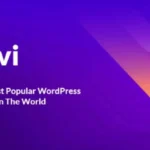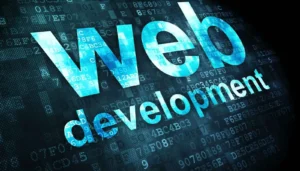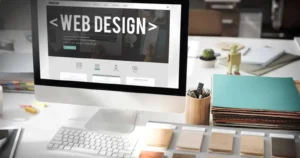Mastering WordPress Design: Themes, Editors, Builders & Principles
WordPress powers a vast portion of the web, and its flexibility allows for an incredible range of website designs, from simple blogs to complex corporate sites. Effective WordPress design isn’t just about aesthetics; it’s about creating a user-friendly, functional, and engaging online experience that meets specific goals. This involves understanding the tools WordPress provides – themes, editors, and builders – and applying fundamental design principles.
Read also : Divi for WordPress Explained
Table of Contents
Mastering WordPress Design
Designing in WordPress revolves around several key components:
- Themes: The foundation of your site’s visual appearance.
- Classic Themes: Use PHP templates and are primarily customized via the Appearance > Customizer.
- Block Themes: Built with blocks and HTML templates, offering full site editing capabilities via Appearance > Editor.
- Block Editor (Gutenberg): The default editor for creating post and page content using modular blocks (text, images, columns, etc.). Offers considerable layout and styling control within the content area.
- Site Editor (Full Site Editing – FSE): Available with Block Themes, this editor allows you to visually design your entire site layout – including headers, footers, and templates – using blocks.
- Customizer: (Mainly for Classic Themes) A live-preview interface to adjust theme settings, colors, fonts, widgets, menus, and site identity.
- Page Builder Plugins: Tools like Elementor, Beaver Builder, or Divi Builder provide alternative drag-and-drop interfaces, often with more widgets and pre-designed templates, for building complex page layouts.
Read also : Minecraft Server Hosting Explained
The WordPress Design Process
- Define Goals & Audience: What should the website achieve? Who is it for?
- Plan Content & Structure: Outline key pages and site navigation (sitemap).
- Choose Your Tools: Select a suitable Theme (Classic or Block) and decide if a Page Builder is needed.
- Customize & Build: Use the Customizer/Site Editor, Block Editor, or Page Builder to implement the design, branding (logo, colors, typography), and add content.
- Ensure Responsiveness: Test and refine the design on various screen sizes (desktop, tablet, mobile).
- Optimize for UX & Performance: Focus on usability, clear navigation, fast loading speed, and accessibility.
Key Design Principles in WordPress
Even with powerful tools, good design relies on principles:
- Visual Hierarchy: Guiding the user’s eye to the most important elements.
- Balance & Alignment: Creating a sense of order and stability.
- Contrast: Making elements stand out (e.g., text vs. background, buttons).
- White Space: Using negative space effectively to improve readability and focus.
- Consistency: Maintaining a uniform style (colors, fonts, spacing) throughout the site.
Explore Hostinger’s Affordable Hosting Plans
Looking for reliable, fast, and incredibly affordable web hosting? Hostinger offers a range of plans packed with features, including Managed WordPress options, a user-friendly control panel, and 24/7 support. Get started with a great deal today!
Conclusion: Bringing Your Vision to Life with WordPress
WordPress provides a versatile platform for website design, catering to various skill levels and project complexities. By understanding the roles of themes, the Block Editor, the Site Editor, and optional page builders, and by applying sound design principles, you can create compelling online experiences. For projects requiring a professional touch or custom solutions, partnering with WordPress design experts like WebDest ensures a high-quality outcome tailored to your specific needs.
Read also : Namecheap Hosting Review





